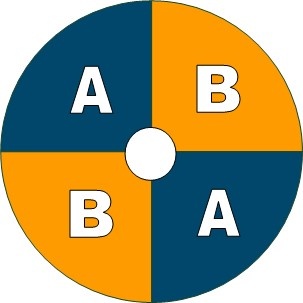Bad subscriber problem
While working in Point-to-Multipoint topology wireless network could face a problem when one of the subscriber devices has much poorer connection characteristics to Base Station than the other ones. Such subscriber device is using a considerable part of Base Station’s resources. While Base Station is trying to send him a packet on a low bitrate other subscribers are waiting for this transaction to finish. Therefore, all the networks’ performance will be reduced.
To lower the influence of such “bad subscriber” on the overall wireless network‘s performance it is recommended to decrease a priority of this subscriber (using “qm” command). In this case all the packets to “bad subscriber” will be sent after other subscriber stations already get their portions of data. This will result in wireless network performance optimization as subscriber devices’ operation won’t depend on the bitrate of “bad subscriber”.
TDMA-based networks are less-subjected to this issue. However, those “bad” subscribers get even lower throughput compared to that in the polling-based networks.
BS sector synchronization and frequency planning for TDMA-based networks
It is recommended to place BS sectors above the subscriber terminals as high as possible to provide proper antenna tilt in vertical direction and to minimize self-interference. The optimal antenna tilt is defined by the vertical beam width of the sectoral antenna and by the required sector coverage. It must cover all the area, where you plan to deploy the subscriber terminals.
Synchronization of the frequency channels allows frequency re-use within one BS, which means that different sectors of the BS can operate in the same frequency channels.
So, using the synchronization, four-sector BS can operate using only two frequency channels, that significantly increases real spectral efficiency of the system.
Self-interference occurs not only between the sectors of one multisector BS and connected subscriber terminals, but also between different closely set base stations in limited frequency band. BS synchronization allows such base stations and connected subscriber terminals to avoid self-interference.
Frequency planning can be performed according to one of the following schemes:
- Without frequency re-use
- Minimal guard interval between the central frequencies of the neighboring sectors – 5 MHz (the recommended value is one channel width)
- With frequency re-use
- The recommended frequency plan for a four-sector BS: ABAB
- Minimal guard interval between the A and B values – 5 MHz (the recommended value is one channel width)
